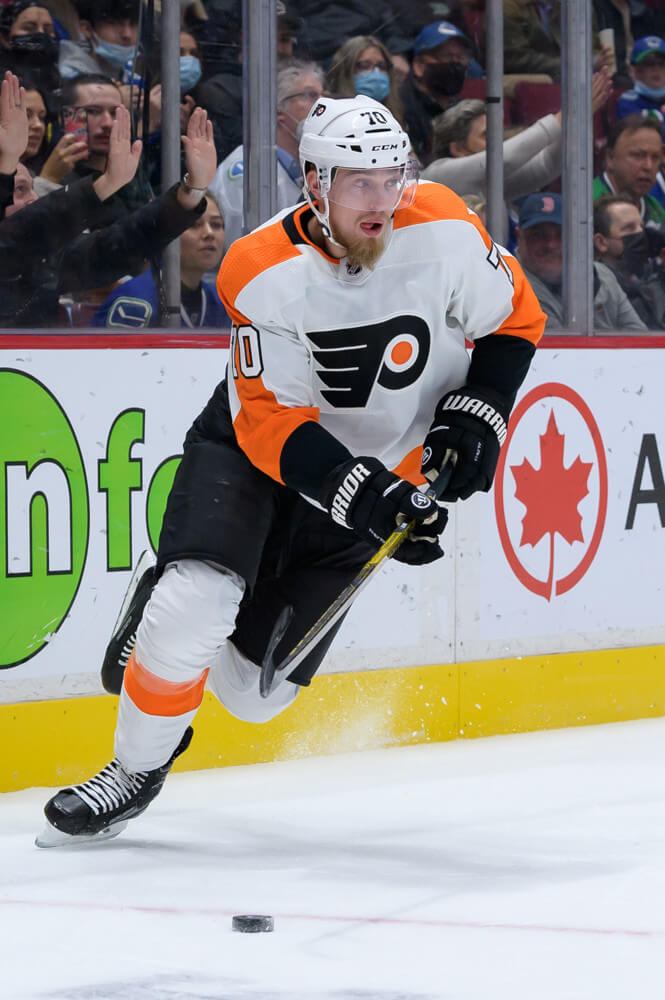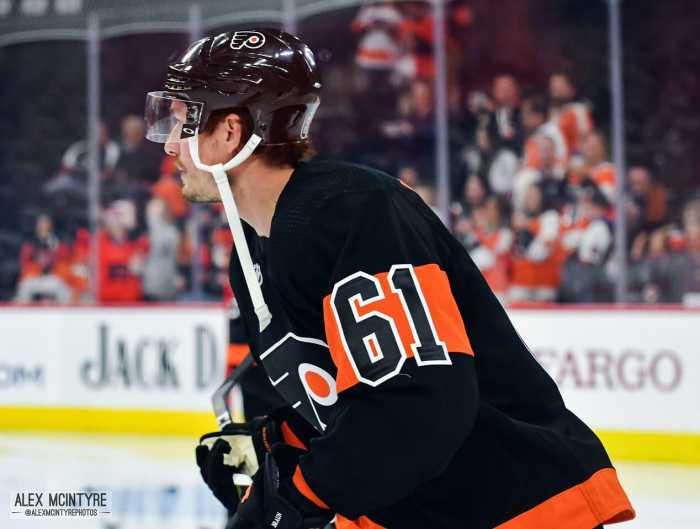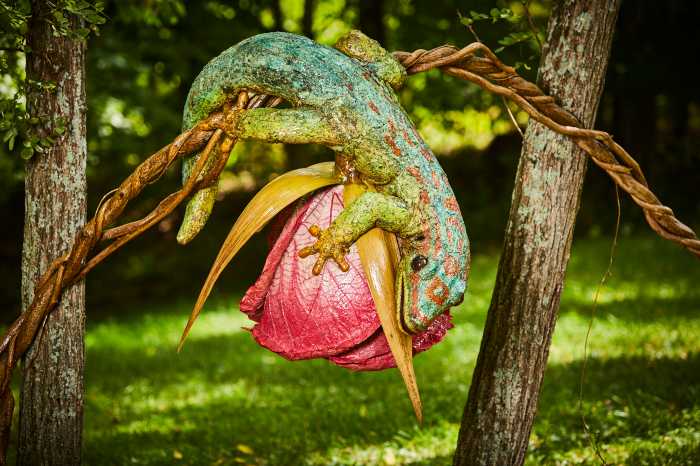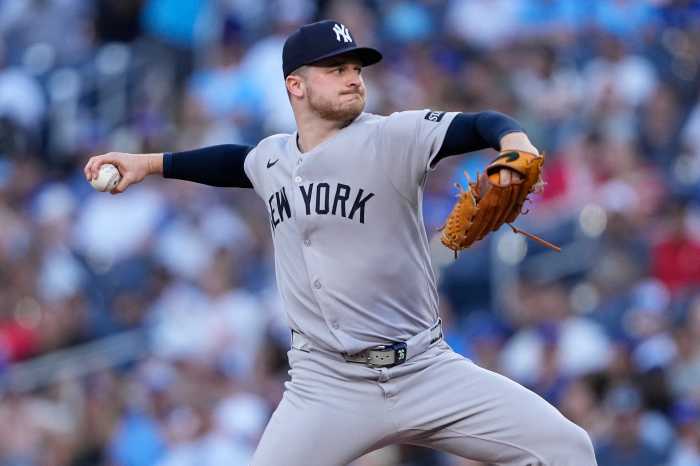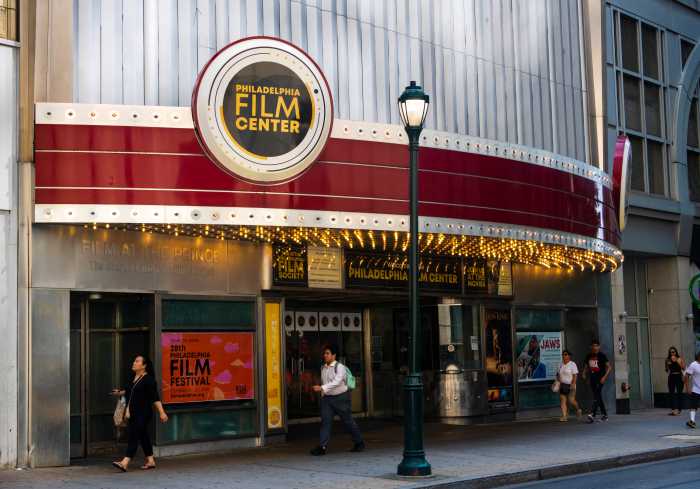I hate to be the one who told you so, but…
Last offseason, many clamored for a physical defenseman. Chuck Fletcher traded Shayne Gostisbehere and the 2022 second-round and seventh-round picks for “future considerations.” Absolutely nothing in return.
Then, following 2020-2021 when he acknowledged the defensive makeup needed a facelift, he traded for another offensive defenseman, but with worse defensive metrics. Oh, and Rasmus Ristolainen is $900k more expensive in the flat cap era. To the Buffalo Sabres in exchange for Ristolainen were Robert Hagg and the 2021 first-round and 2023 second-round picks.
In short, the defensive makeup didn’t receive a facelift. Fletcher dispatched draft capital with Gostisbehere for nothing in return, who was the cheaper option and always more proficient on the powerplay, then spent more draft capital and traded a serviceable seventh defenseman in Hagg for Ristolainen, all the while not a better defenseman than Gostisbehere.
The general movement to accommodate Ristolainen always pointed towards tragedy. No one can deny that he’s a runaway truck when he enters the offensive zone with the puck or lines up a hit in the neutral zone, but those don’t make up for his overall lack of quality defense. Ryan Ellis’ unavailability is not an excuse, especially for Ristolainen. His pair with Travis Sanheim carried on as planned. Justin Braun hopped from the third pair to the top with Ivan Provorov, outperforming Ristolainen in his scheduled placement.
If you’re tooting the Ristolainen horn, it’s finally time to admit it: the Philadelphia Flyers were incorrect in pursuing and acquiring him.
Not the Best RD in Philadelphia
Thankfully Ristolainen saved the Philadelphia Flyers from themselves, turning down a six-year, $6.3/AAV offer. Compare that to Braun, a 35-year-old defensive defenseman who costs $1.8mil.
Last season, Braun had to do the same on the top pair with Provorov. He could be a value 2RD on the Flyers at his rate. They’re both about as careful with the puck. Just about every defensive metric, which Fletcher wanted to upgrade, shows Braun is superior to Ristolainen.
The only reason Braun isn’t getting offered a six-year, $6.3/AAV is because he’s 35-years-old. Of course, paying Braun that much would be an overpayment. It’s just a lot to process when a bottom pair veteran outperforms the expensive acquisition on the recommended line.
Gostisbehere is Better on a Worse Team
You know what they say about beating a dead horse. I’ll keep this as short as I can.
Gostisbehere is better on a worse team. Defensively, he forces more takeaways and blocks about as many shots. On the top pair with the Arizona Coyotes, he is more valuable than Ristolainen, who comparably plays sheltered minutes on the second pair. Offensively, Gostisbehere has nearly triple the number of points as Ristolainen, including nine on the powerplay.
Trading the amount of draft capital it took to acquire Ristolainen when he wasn’t a powerplay fixture this season shows that Alain Vigneault and Mike Yeo didn’t realize his strengths. Deciding to bring in a lesser defender while failing to accentuate the positives is a violation by the Philadelphia Flyers. Defensively, he’s the same player we witnessed for eight years with the Buffalo Sabres. A change in scenery didn’t help. Fletcher fleeced himself, mortgaging the defense and four total draft picks to accommodate the arrival of Ristolainen.
Missing Valuable Draft Capital
All the moving parts to make room for Ristolainen were detrimental to the Philadelphia Flyers. Those moving parts included four draft picks. Two were sent to the Arizona Coyotes with Gostisbehere to create cap space. Two more to the Buffalo Sabres with Hagg in exchange for Ristolainen. What is the value of those picks?
The Coyotes collected Gostisbehere and their fifth second-round pick during the 2022 NHL Entry Draft. Arizona flipped the 2022 seventh-round pick with Adin Hill to the San Jose Sharks in exchange for Josef Korenar and one of their five 2022 second-round picks. In summary, they received their 1LD with two 2022 second-round picks for free.
The Sabres gave up Ristolainen for Hagg, a 2021 first-round pick and a 2023 second-round pick. Buffalo selected Isak Rosen, who made the 2021-2022 Swedish World Junior team. They also now have three 2023 second-round picks. Fletcher believed these moves would help the Flyers compete, but in reality, they’re rebuilding like the teams they traded with, but with much less draft capital.
Imagine standing fast on everything Ristolainen and selecting Aatu Raty, Mackie Samoskevich, or Carson Lambos instead in the first round of the 2021 NHL Entry Draft.
It would make more sense to draft those prospects for development instead of trading the barn for a player who underperformed for one season. Now, Fletcher would be lucky to break even at the NHL Trade Deadline, even if it meant packaging Ristolainen with Morgan Frost.
(Photo by Derek Cain/Icon Sportswire)

